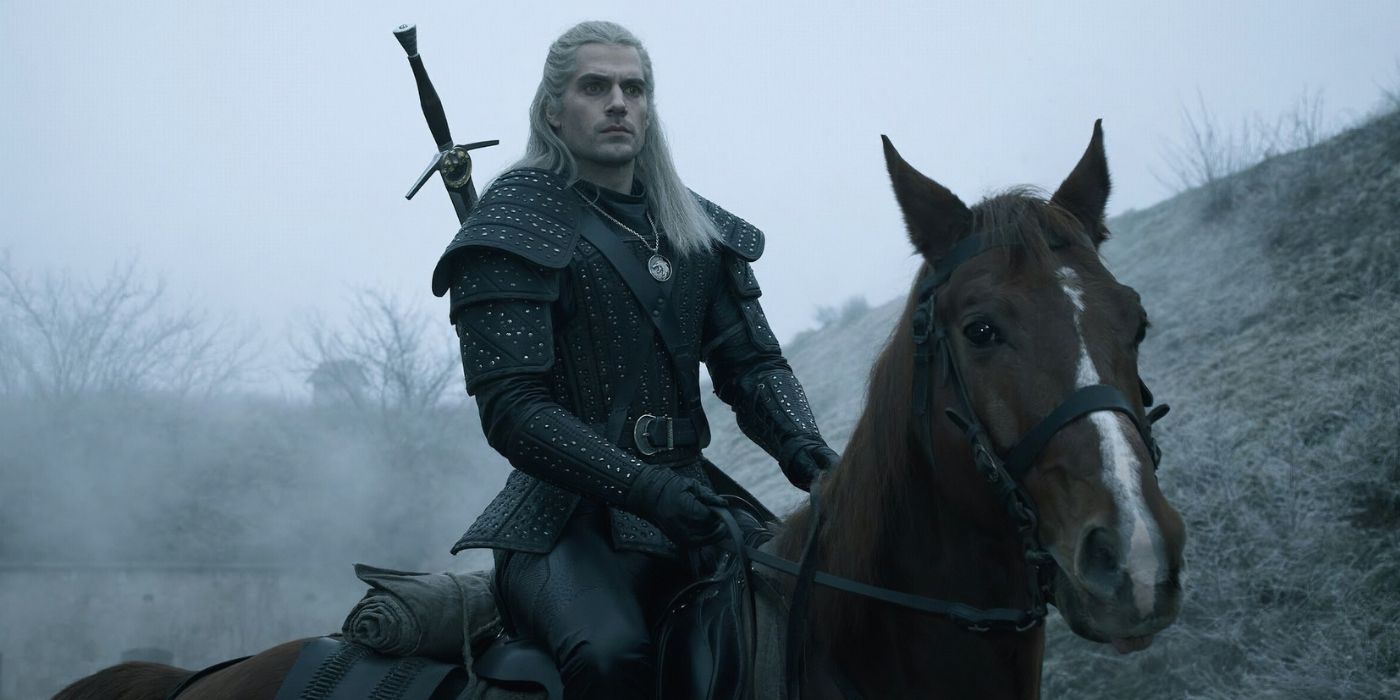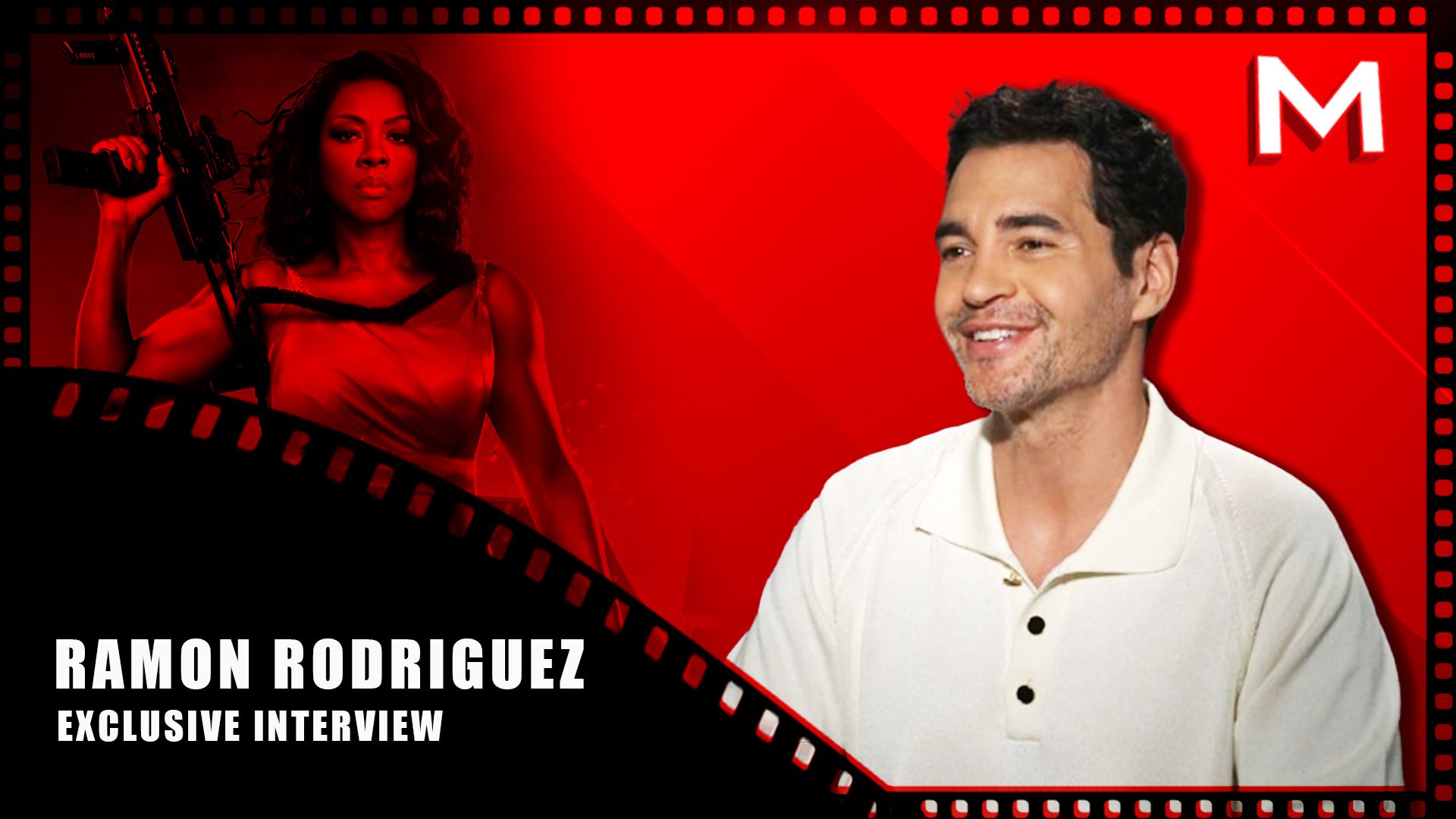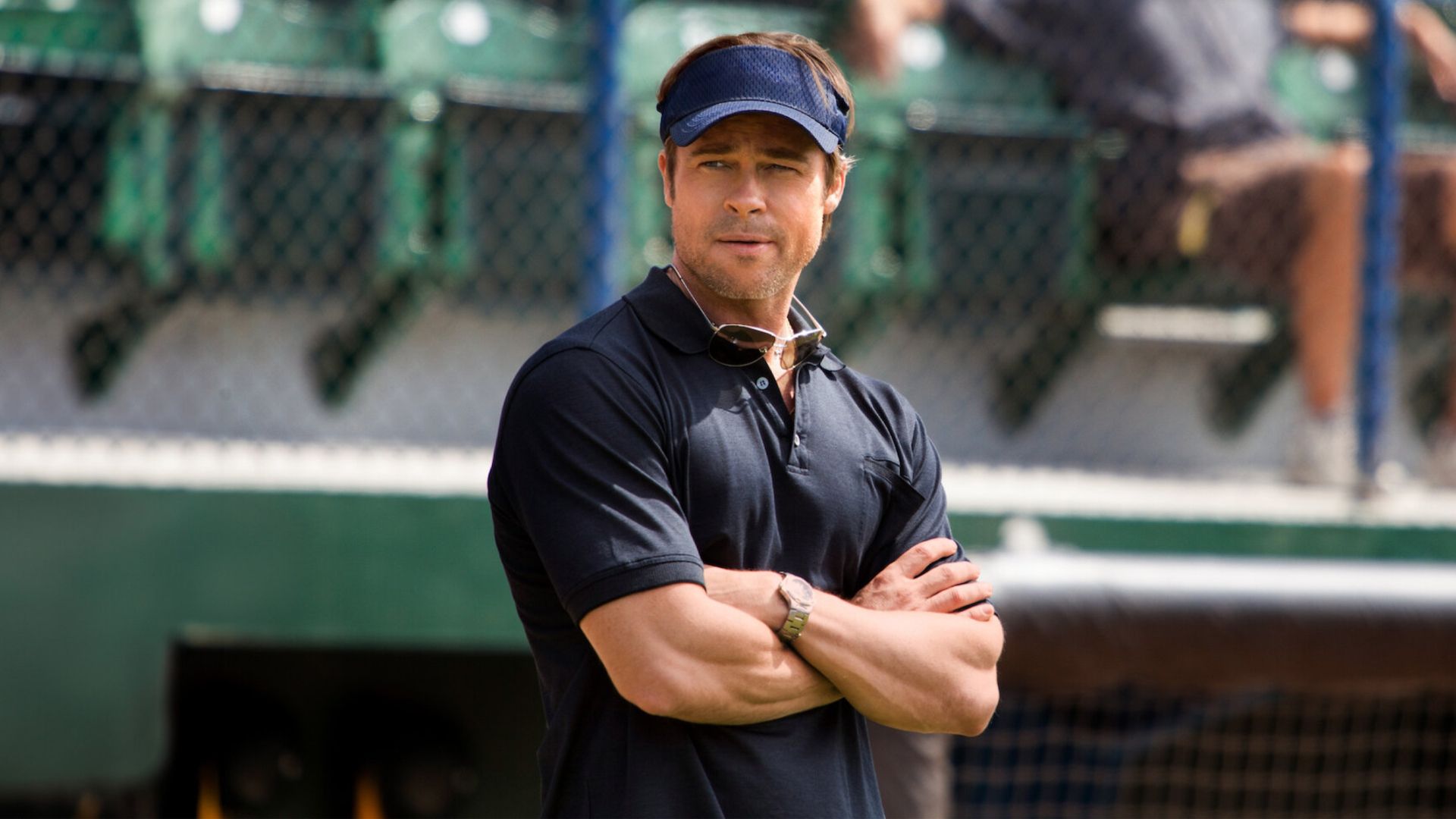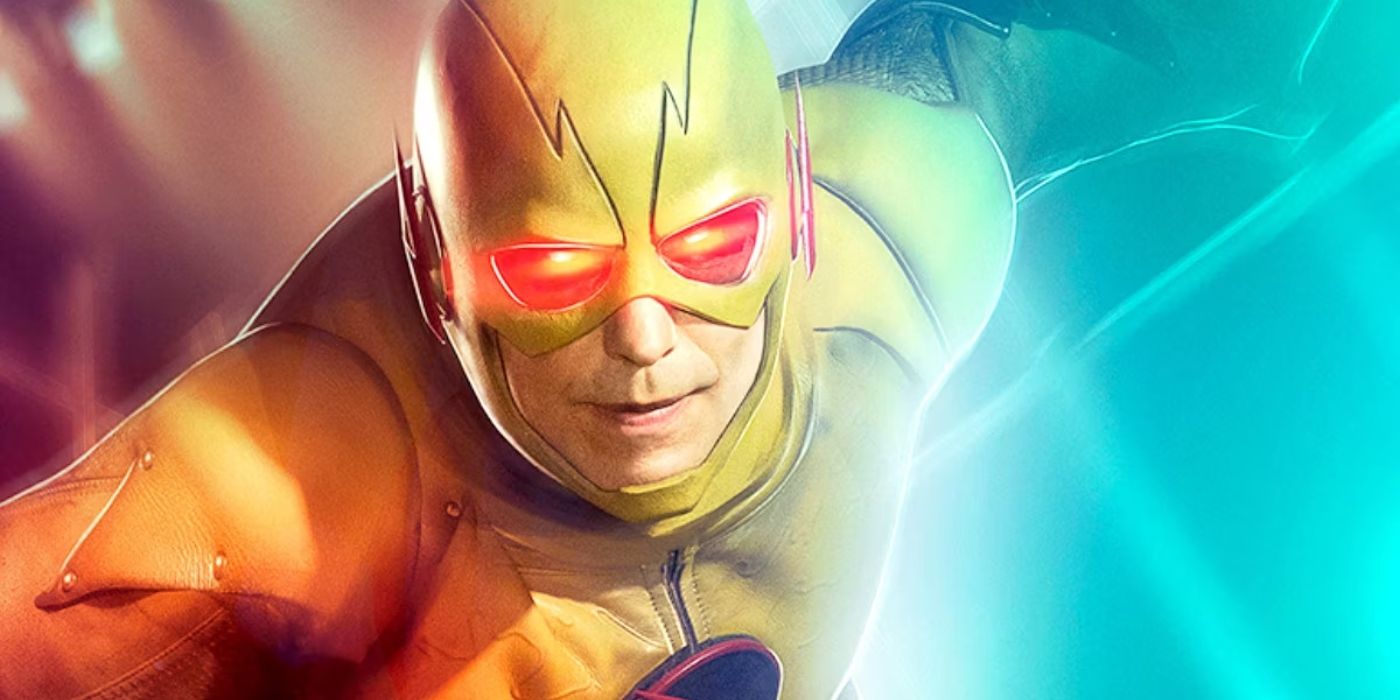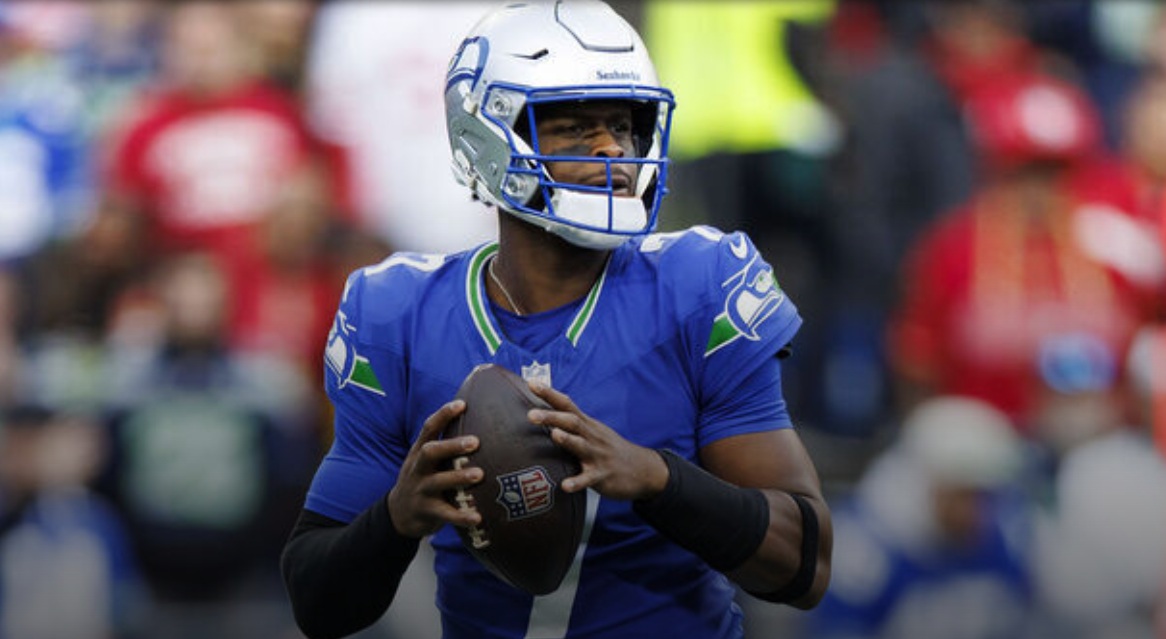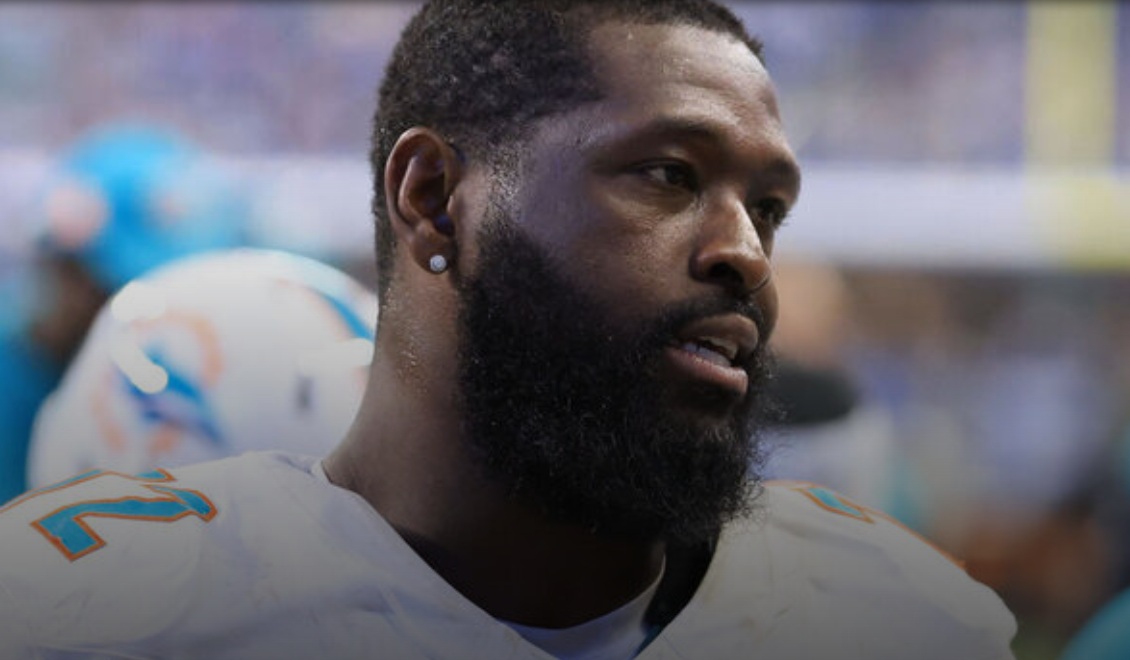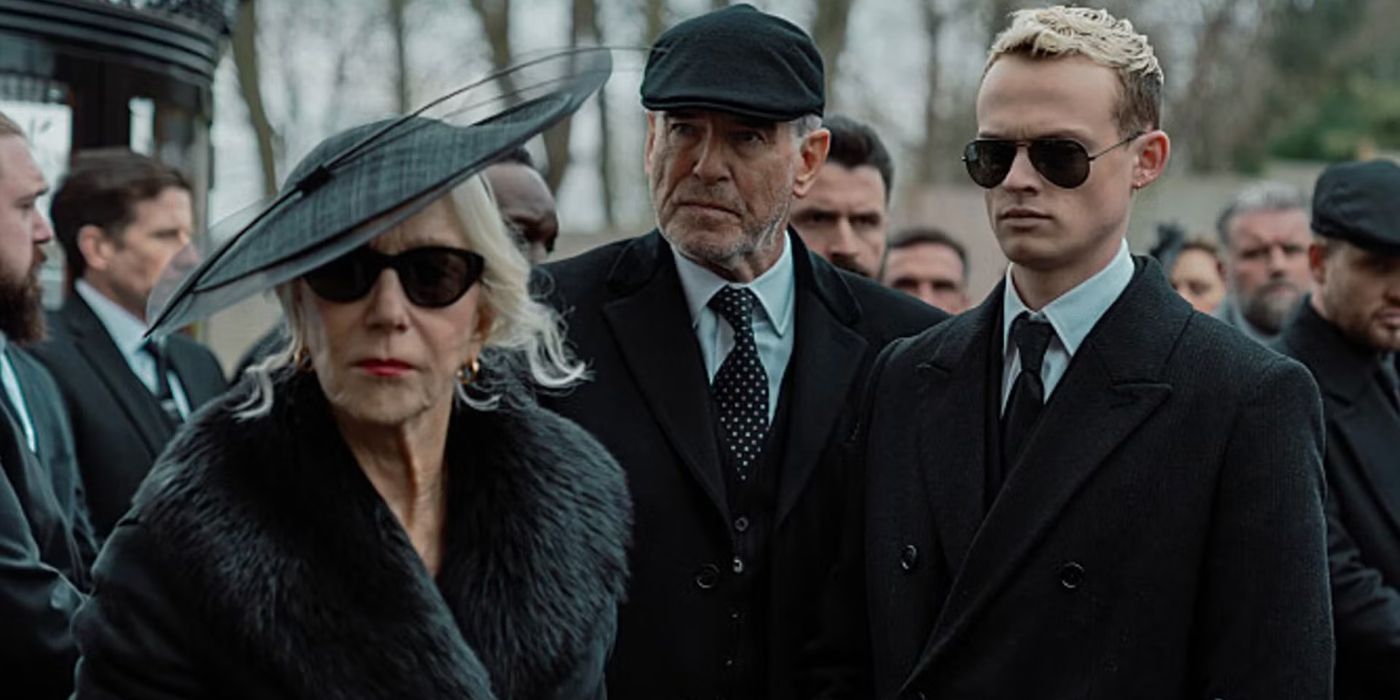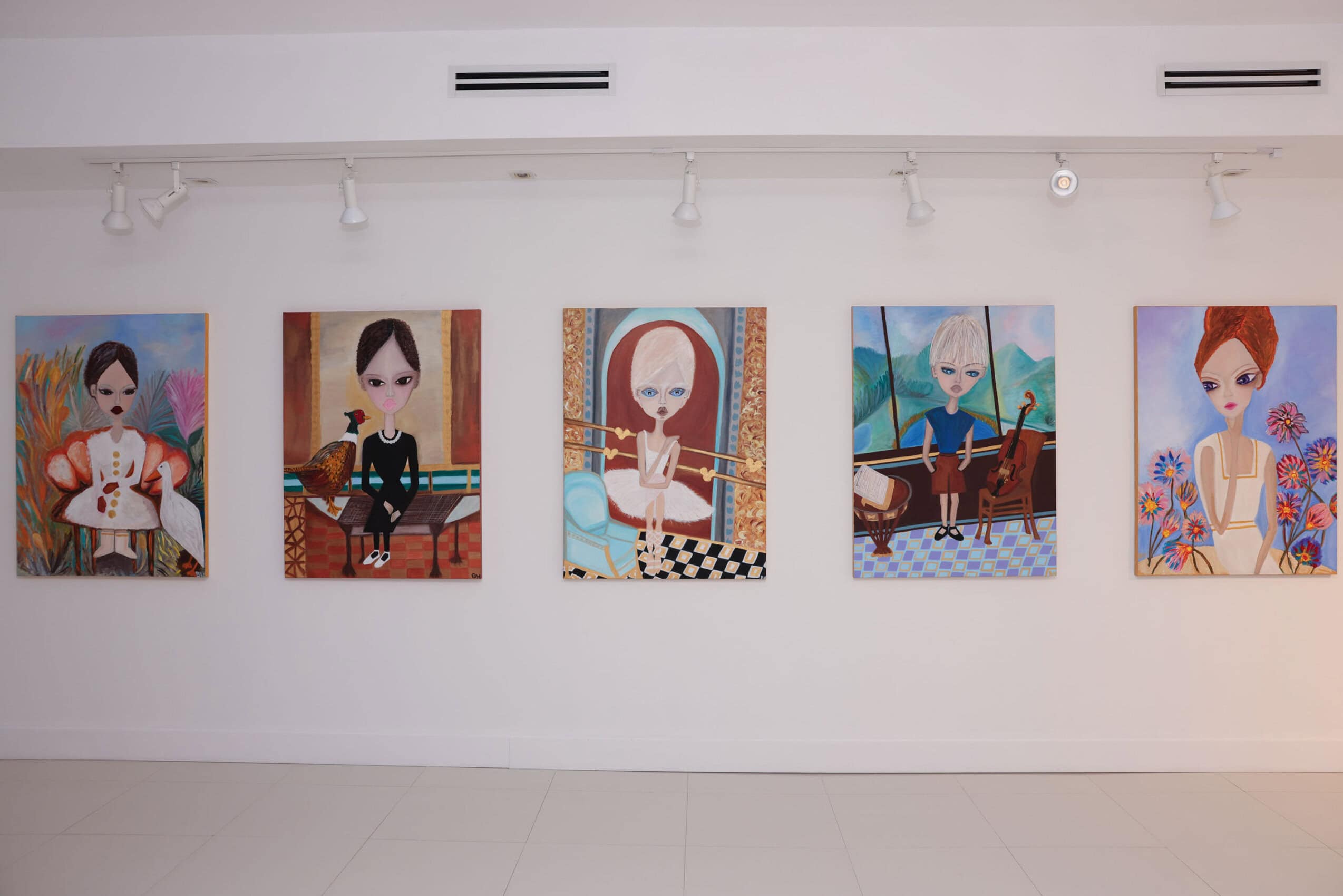Following the release of the all-new documentary Stan Lee on Disney+, a statement has been released from the family of late Marvel artist Jack Kirby condemning the film for pushing a false narrative. Directed by David Gelb, the documentary utilizes Lee’s voice to tell the Marvel personality’s story through his own words. As Lee has been credited with co-creating many of Marvel’s most popular and enduring superheroes, it’s obviously quite the story, but according to Kirby’s son, Neal Kirby, it’s far from the truth.
On Twitter, Jack Kirby’s granddaughter Jillian shared a statement that was written by Neal. The lengthy statement accuses Lee of having an “ego” who would routinely take the credit for the work of others, perhaps most notably with Kirby. There seems to be some clear frustration that even in death, Lee continues to take the majority of the credit for creating characters like Spider-Man and the Fantastic Four. Neal Kirby says that the documentary is the last straw, as it’s time to “get this one chapter of literary/art history right” by giving his dad and other deserving artists their due credit.
MOVIEWEB VIDEO OF THE DAYSCROLL TO CONTINUE WITH CONTENT
Related: How Marvel Acknowledging Edward Norton’s Hulk Changes the MCU
Did Stan Lee Take Too Much Credit for Creating Certain Superheroes?
Marvel
Neal Kirby took the time to share his complete thoughts on the whole situation. You can read the statement in full below.
“The 13th century Islamic poet/scholar Rumi said, ‘The Ego is a veil between humans and God.’ In the Disney+ documentary bio of Stan Lee, the veil is lifted. Presented in the first person with Lee’s voice providing a running narrative, it is Stan Lee’s greatest tribute to himself. The literary expression of ego is the personal pronoun ‘I.’ Any decent English or Journalism teacher would admonish their students not to overuse it. So, the challenge is extended to anyone who wishes to count the number of ‘I’s’ during the 86-minute running time of Stan Lee.
I (ooops!) understand that, as a ‘documentary about Stan Lee,’ most of the narrative is in his voice, literally and figuratively. It’s not any big secret that there has always been controversy over the parts that were played in the creation and success of Marvel’s characters. Stan Lee had the fortunate circumstance to have access to the corporate megaphone and media, and he used these to create his own mythos as to the creation of the Marvel character pantheon. He made himself the voice of Marvel. So, for several decades he was the ‘only’ man standing, and blessed with a long life, the last man standing (my father died in 1994). It should be noted and is generally accepted that Stan Lee had a limited knowledge of history, mythology, or science. On the other hand, my father’s knowledge of these subjects, to which I and many others can personally attest, was extensive. Einstein summed it up better; ‘More the knowledge, lesser the ego. Lesser the knowledge, more the ego.’
If you were to look at a list and timeline of Marvel’s characters from 1960 through 1966, the period in which the vast majority of Marvel’s major characters were created during Lee’s tenure, you will see Lee’s name as a co-creator on every character, with the exception of Silver Surfer, solely created by my father. Are we to assume Lee had a hand in creating every Marvel character? Are we to assume that it was never the other co-creator that walked into Lee’s office and said, ‘Stand I have a great idea for a character!’ According to Lee, it was always his idea. Lee spends a fair amount of time talking about how and why he created the Fantastic Four, with only one fleeting reference to my father. Indeed, most comics historians recognize that my father based the Fantastic Four on a 1957 comic he created for DC, Challengers of the Unknown, even naming Ben Grimm (The Thing) after his father Benjamin, and Sue Storm after my older sister Susan.
Though the conflict between Lee and my father concerning creator credit gets glanced over with little mention, there is more attention paid to the strife between Lee and Steve Ditko, with Lee’s voice proclaiming, ‘it was my idea, therefore I created the character,’ Ditko’s rebuttal being that his art and storyline is what brought life to Spider-Man. In 1501, the Opera del Duomo commissioned a 26-year-old Michelangelo to sculpt a statue of David for the Cathedral of Florence – their idea, their money. The statue is called Michelangelo’s David – his genius, his vision, his creativity.
I was very fortunate. My father worked at home in his Long Island basement studio we referred to as ‘The Dungeon,’ usually 14-16 hours a day, seven days a week. Most of the artists, writers, inkers, etc. worked at home, not in the Marvel office as depicted in the program. Through middle and high school, I was able to stand at my father’s left shoulder, peer through a cloud of cigar smoke, and witness the Marvel Universe being created. I am by no means a comics historian, but there are few, if any, that have personally seen or experienced what I have, and know the truth with first-hand knowledge.
My father retired from comic books in the early 1980s, and of course passed away in 1994. Lee had over 35 years of uncontested publicity, much, naturally, with the backing and blessing of Marvel as he boosted the Marvel brand as a side effect of boosting himself. The decades of Lee’s self-promotion culminated with his cameo appearances in over 35 Marvel films starting with X-Men in 2000, thus cementing his status as the creator of all things Marvel to an otherwise unknowing movie audience of millions, unfamiliar with the true history of Marvel comics. My father’s first screen credit didn’t appear until the closing crawl at the end of the film adaptation of Iron Man in 2008, after Stan Lee, Don Heck, and Larry Lieber. The battle for creator’s rights has been around since the first inscribed Babylonian tablet. It’s way past time to at least get this one chapter of literary/art history right. ‘Nuff said.
Neal Kirby (Jack Kirby’s son).”
Stan Lee is now streaming on Disney+.
You can view the original article HERE.



